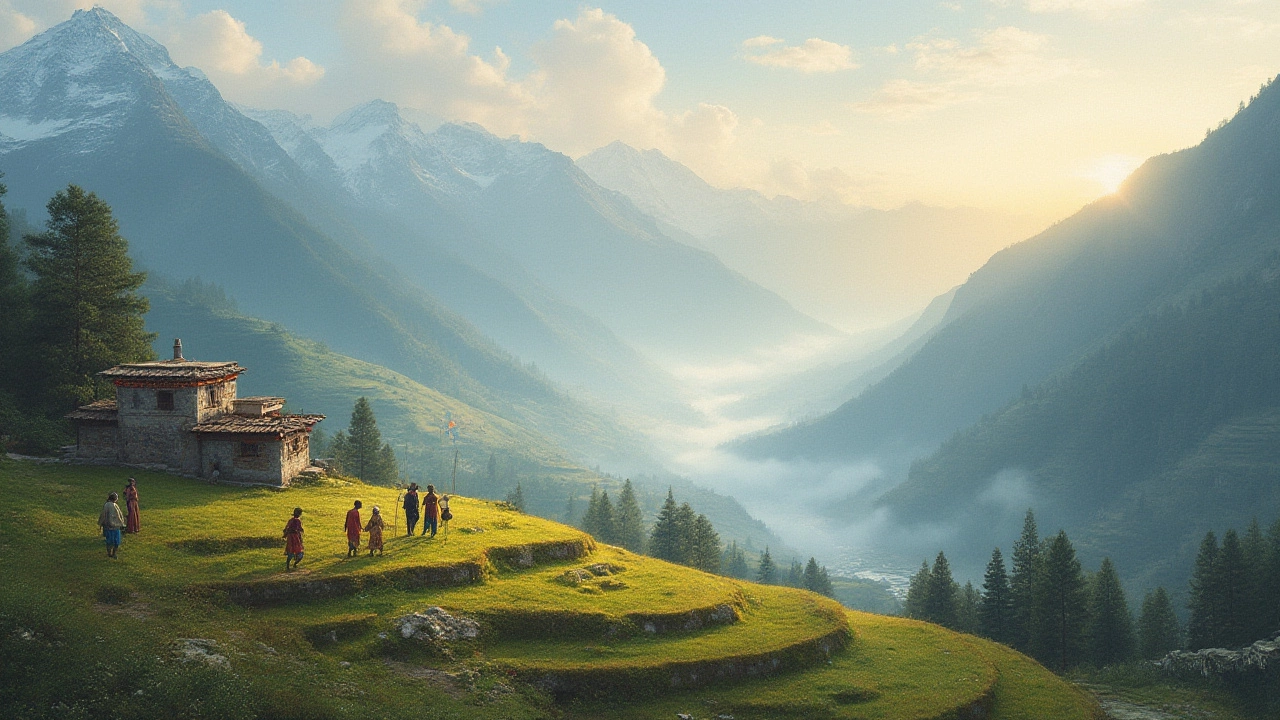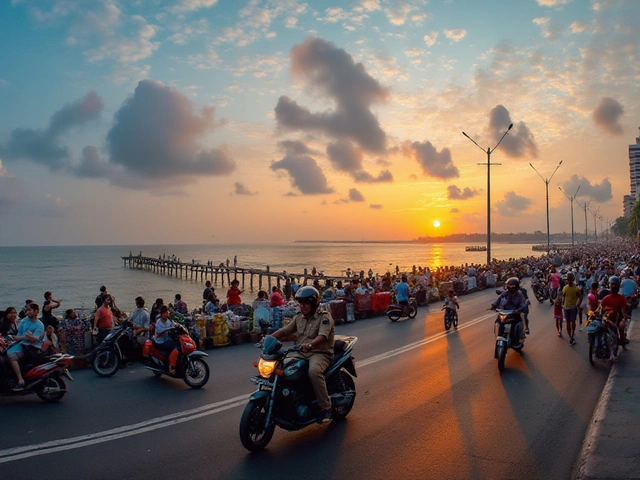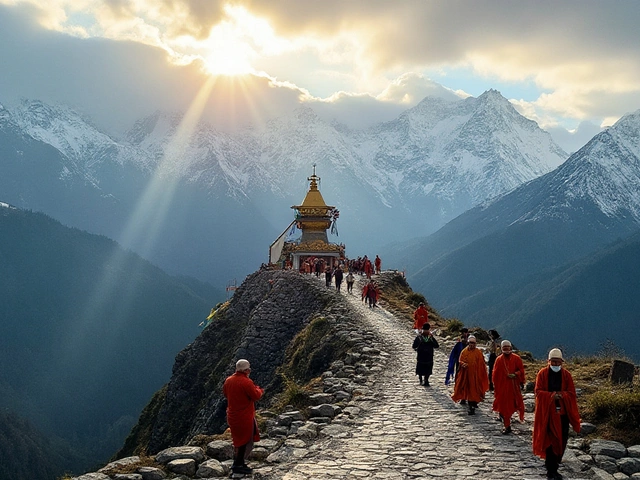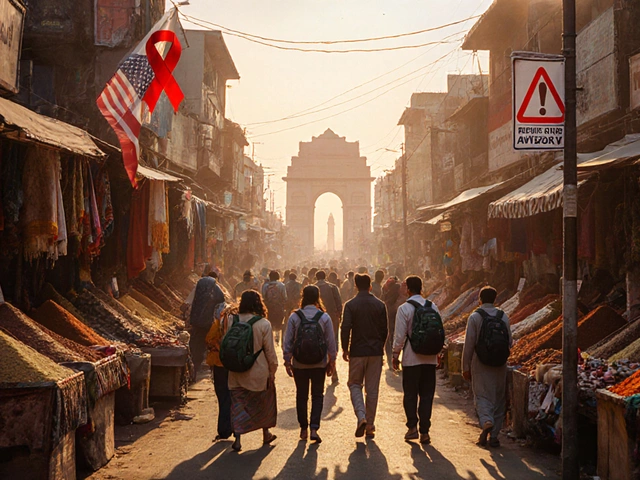It’s easy to think of North India as a land of crowded markets, chaos, blaring horns, and the never-ending rush of life. Yet step off the main highway, trade Delhi’s smog for mountain air, and you’ll find silence so perfect it almost rings in your ears. There are places that seem untouched by time – valleys echoing only bird calls, lakes like glass, and hilltop monasteries where the rest of the world fades out. Ever wondered where you could actually hear yourself think, or witness the sunrise alone with the clouds? Welcome to the hunt for the peaceful places in North India most people drive right past.
The Meaning of Peace: What Makes a Place Truly Serene?
Peace is more than absence of noise. Sure, quiet helps – but true serenity sinks deeper, blending natural beauty, local warmth, and a pace of life that pulls you into slow motion. In North India, that feeling often comes in the mountains: think Himalayan sunrises, pine forests dripping with dew, river bends where you might spot wild deer instead of selfie sticks.
But it’s not just altitude that matters. Some of the region’s quietest corners are low-key villages kept alive by tea gardens, old monasteries, and traditions that keep honking traffic at bay. Places like Spiti Valley, Nubra, and Tirthan aren’t just visually stunning; they make you shed stress the moment you step out of your guesthouse. Here, meditation is easy – whether you actively seek out a cushion or simply gaze at the endless stars at night.
What do you need to find this kind of peace? Open eyes, an extra day or two (everything takes longer in the hills), and a willingness to linger. Also: a love for authentic local food, since peaceful spots rarely have pizza delivery. Think momos in Himachal, butter tea in Ladakh, or foraged wild mushrooms in Uttarakhand. The best part? The people in these towns and villages often treat guests like friends instead of numbers. They know when to chat and when to let you just soak in the silence.
Want to know what the data says about peaceful escapes? According to a 2023 Lonely Planet survey, over 62% of travelers visiting North India wanted 'natural quiet' as a top feature – and 71% of those voted for small villages or lesser-known valleys. This isn’t just a hipster trend: internet connectivity has made remote hill towns accessible for work, wellness, or simply pressing pause – and you’re more likely to spot digital nomads in Bir or Kasar Devi than crowded city parks these days.
There’s also a solid dose of history in these places: from British-era hamlets like Landour, to the centuries-old monastic trails in Spiti or Zanskar. Their roots run deep, with shrines tucked into forests, and tales passed on by locals over endless cups of chai.
North India’s Secret Havens: Not Just Rishikesh and Shimla
You’ve heard of Rishikesh, Dharamshala, and Shimla. They pull in crowds, Instagrammers, honeymooners, and the odd Hollywood celebrity. But want true peace? Leave these headline spots behind. North India hides dozens of quiet escapes even peak season can’t spoil.
Let’s start with Spiti Valley (Himachal Pradesh). Picture this: ancient monasteries perched on clifftops, sand dunes edging green oases, observatories where the sky feels endless. Nights drop below zero, stars wink down, and in villages like Kibber or Dhankar even the dogs seem in no rush. Tip: Spiti is best in summer, as winter brings deep snow and blocked roads. If you drive from Manali, you’ll need a permit and nerves of steel for Kunzum Pass – but every hairpin comes with a view you’ll remember for decades.
Next up: Tirthan Valley, still somehow a secret in Himachal. It’s the land of trout, mossy stone houses, and endless hikes. A perfect day starts with a riverside stroll, then reading in a hammock, perhaps joining locals as they forage for wild herbs. No clubs, no queues, just you and nature – the Tirthan way. If you need more, walk into nearby Great Himalayan National Park (a UNESCO World Heritage site), where leopards and Himalayan black bears still roam.
Ever heard of Chopta in Uttarakhand? Called the ‘Mini Switzerland’ of India, Chopta is the starting point for treks like Tungnath, the world’s highest Shiva temple. The area rarely feels busy, even during pilgrimage season. Mornings mean mist floating through bugyal (alpine meadows), afternoons are for catching Himalayan monals or perched eagles. And thanks to its height, you’ll swap city heat for cool mountain breezes every single night.
If monasteries are your thing, you can’t beat Nubra Valley up in Ladakh. While much of Ladakh pulls tourism crowds, Nubra’s vast landscapes and double-humped Bactrian camels make everything feel surreal. Diskit Monastery crowns a hill, and sunrises here have an eerie hush you feel in your chest. Just be ready for the altitude: at 10,000 feet and above, slow down, drink water, and respect the silence. The local language: a mix of Ladakhi and gentle smiles.
Some secret spots are easier to reach than you’d expect. Take Landour, Uttarakhand, a colonial-era hamlet a short climb from Mussoorie but lightyears away in mood. No car horns, barely a shop for miles, and deodars tall enough to lose yourself beneath. Authors like Ruskin Bond swear by Landour’s peace, and sunset from Sisters’ Bazaar will explain why fast.
| Destination | Elevation (m) | Population | Main Feature |
|---|---|---|---|
| Spiti Valley | 3,800 | ~12,000 | Buddhist monasteries, stark desert beauty |
| Tirthan Valley | 1,600 | ~6,500 | River landscapes, great for trout fishing, hiking |
| Nubra Valley | 3,050 | ~10,000 | Sand dunes, monasteries, unique wildlife |
| Chopta | 2,680 | ~300 | Meadows, Pine forests, trekking base |
| Landour | 2,260 | ~1,500 | Colonial charm, silence, forest walks |
Not every peaceful place sits high above sea level. Sometimes you’ll find peace along the riverbanks of Ziro Valley (Arunachal border) or in Kalga and Tosh (Parvati Valley), known for their apple orchards and a calm only broken by mountain streams. Or try Pangot, near Nainital, where birders gather hoping for a glimpse of kalij pheasants and mountain barbets among the rhododendrons.
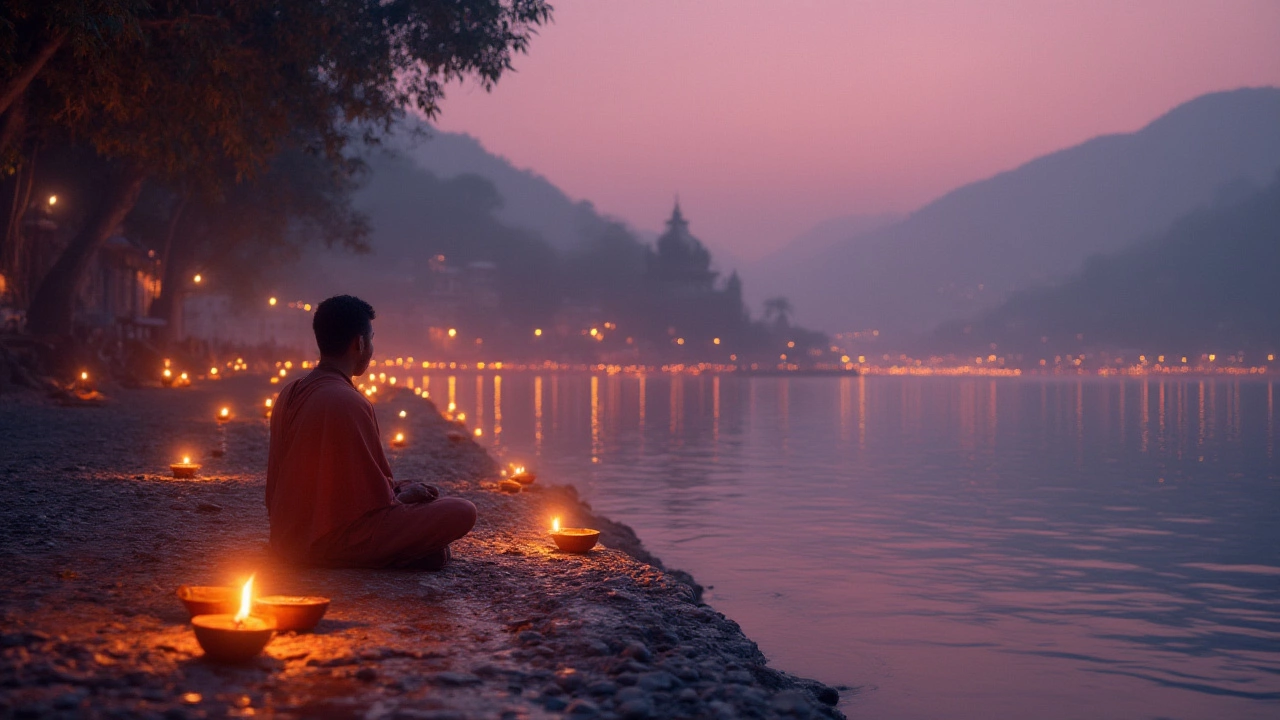
Local Life and Culture: Festivals, Food, and the Art of Slowing Down
Want to find the soul of a quiet hill town? Share a chai with its people, or join a festival far from the city’s glare. Every peaceful North Indian spot has its quirks: in Spiti, Losar marks the Buddhist New Year, with masked dances in Ki and Tabo monasteries. Tirthan is famous for its earthy fairs, where locals celebrate nature’s bounty and trade wildflowers or trout straight from the river.
Even silence has a soundtrack here: the low hum of prayer wheels turning, the splash of trout in clear streams, and sometimes the welcome noise of a local fair echoing through the valley. Don’t just pass through – ask villagers about their stories. In Nubra, I once spent an entire afternoon learning how locals dry apricots on their rooftops, a practice going back longer than Ladakh’s paved roads.
Food, too, sets the mood for each spot. Himachal’s home-cooked sidu (a steamed bread filled with poppy seeds), Ladakhi thukpa, and Uttarakhand’s kutiya (buckwheat porridge) all come without a side of screaming tourists. If you’re in Landour, fresh walnut brownies and coffee from a hand-crank machine will fuel your cloud-watching till dinner. Most guesthouses grow their own herbs – don’t be shy about asking for mint tea in Tirthan, or apricot jam in Leh’s quiet outskirts.
Feeling the urge to blend in? Locals may invite you to community events, like helping with apple harvests in Kalga, or light-laden Diwali nights in Landour. Monasteries in Nubra and Spiti will often welcome outsiders for early morning prayers (just dress quietly and ditch your phone).
One thing to learn from the mountains: pace yourself. Rushing ruins the mood – and altitude. Days start with sunrise walks, move through lazy picnic lunches, and stretch out under impossibly starry skies. Shops close early, phone signals wander off, and the only real agenda is what tree to sit under next. If that sparks your FOMO, try journaling, sketching, or simply listening. The mountains encourage reflection more than selfies.
Tips for Planning Your Own Peaceful Escape
If you’re already searching for flight deals, hang on a second. North India’s peaceful places require a mind shift and a bit of prep. Here’s what you need to know:
- Plan for the Offbeat: The best spots won’t have flashy hotels or endless dining options. Book homestays run by locals – they’re safer, warmer, and cook better food than chain hotels miles away.
- Pace Matters: Mountain roads can turn a 100-kilometer trip into a six-hour adventure. Don’t overstuff your schedule. One valley a week is often perfect.
- Go Seasonal: Spiti and Nubra are fantastic from June to September; Tirthan shines year-round but avoid monsoon for fewer landslides. For Chopta, spring and autumn bring alpine flowers and crisp air without the crowds.
- Disconnect… or Reconnect Wisely: Internet can be patchy, but that’s part of the peace. Download maps, warn friends, then embrace the digital detox. In Landour, for instance, your phone will buzz once in the morning, then nothing but birds till dusk.
- Respect Local Life: Ask before taking photos, dress to blend in, and keep noise to a minimum. You’ll be rewarded with smiles, fresh fruit, and maybe a village invitation you’ll remember longer than any TikTok clip.
Packing matters, too. Layer up for sudden chills, bring reusable bottles (plastic is banned in many valleys), and a flashlight for electricity cuts. Trust local tips for hikes and weather. And if you’re traveling solo, most of these spots are safe, with crime rates lower than city averages. Women can travel comfortably in all listed destinations – just follow basic hill town etiquette (modest dress, avoid isolated trails at night).
Want an eco-friendly twist? Volunteer at a monastery, help with organic farming, or just pick up trash as you walk. Respectful travel helps keep these places serene for the next visitor, and most locals notice – you may well score a better room or an extra apricot pancake for breakfast.
Alright, where is the most peaceful place in North India? The truth: it depends on who you are. Whether it’s the wind-whipped dunes of Nubra, the riverside stillness of Tirthan, or the mossy lanes of Landour, one thing’s certain – you won’t hear the city’s racket or feel its rush. You’ll get used to staring at stars, hearing the gust through pines, maybe even the sound of your own breathe. That, in today’s wired-up world, feels priceless.
